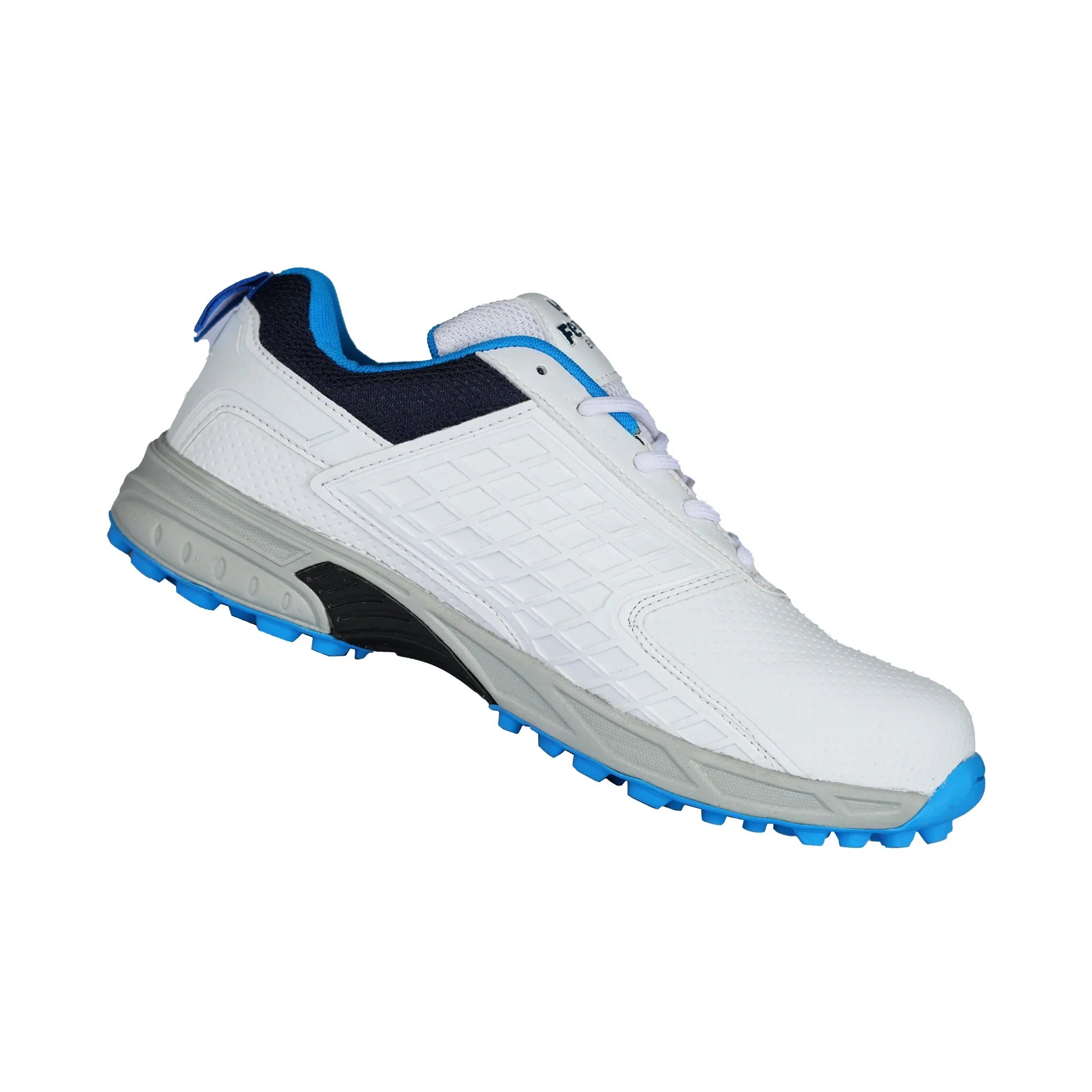When a batsman takes off for a quick single or a fast bowler charges in to deliver a thunderbolt, one crucial element often determines performance — traction. Cricket shoes may look simple from the outside, but their design is backed by serious science. Let’s break down what goes into creating that perfect grip on the field.
Understanding Traction: The Foundation of Performance
Traction is the frictional force between your shoe sole and the playing surface. In cricket, where sudden sprints, slides, and pivots happen constantly, optimal traction can mean the difference between a boundary saved and a misstep.
Cricket shoes use specially designed soles to manage this balance — providing enough grip for stability while allowing controlled movement.
The Role of Studs and Spikes
Cricket shoes generally come in two main types: rubber-studded and metal-spiked.
-
Rubber Studs: Perfect for turf and synthetic pitches, rubber studs distribute weight evenly and prevent slipping on dry or slightly damp surfaces. They’re also ideal for indoor cricket or training sessions.
-
Metal Spikes: Used mostly by professional players, spikes penetrate the grass, providing strong traction on soft or damp grounds. Bowlers rely on these to maintain balance during high-speed run-ups, while batsmen use them for stability when driving through the crease.
Each stud or spike’s shape, depth, and spacing are carefully designed to ensure consistent contact with the pitch.
Sole Design and Material Technology
Modern cricket shoes feature multi-density rubber compounds and strategically placed grip zones to enhance traction.
-
Chevron patterns and circular lugs help in multi-directional grip — perfect for quick turns.
-
High-abrasion rubber adds durability where wear is most common, such as the heel and forefoot.
-
Advanced brands even integrate thermoplastic polyurethane (TPU) plates to provide flexibility while maintaining stiffness where needed.
This combination allows players to stay light on their feet while maintaining a solid grip on any surface.
Balancing Grip with Comfort
While grip is essential, too much traction can hinder fluid movement. Designers aim for the perfect middle ground — ensuring the shoe grips when you need it and releases when you move.
Innovations like gel cushioning, foam midsoles, and mesh uppers help maintain comfort without sacrificing stability.
The Science in Action
Next time you watch a bowler skid through the crease or a batsman pivot for a quick run, remember — it’s not just skill. It’s the engineering beneath their feet that makes it possible.
Final Thoughts
Grip and traction are more than design features; they’re the backbone of performance and safety in cricket. Whether you play on turf, matting, or indoor pitches, choosing the right cricket shoe can drastically improve your game and reduce injury risks.
At Magnus Cricket USA, we bring you the best traction-tested cricket shoes — built to match your playstyle, surface, and intensity.
Explore the latest collection and feel the science of grip at work!
#CricketShoes #CricketUSA #MagnusCricket #CricketGear #CricketScience #CricketPerformance #GripAndTraction #CricketLifeUSA
